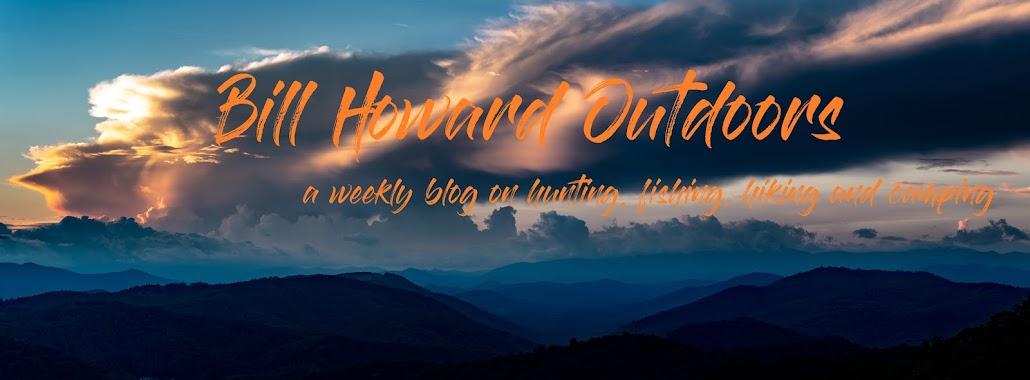One debate amongst sportsmen with active outdoors lifestyles
has long been the use of safety equipment. We see year after year results of
either no or inadequate use of the different safety equipment and measures. The
results, obviously and unfortunately, are injuries or deaths that could have
been avoided if the safety precautions were taken.
Each year I have writing this column, I make a note to cover
tree stand injuries and deaths prior to the hunting season for instance. It
happens every year with no exceptions. Hunters take to the trees or box stands,
and we have someone who falls and either has a life changing injury or dies.
All it would take a safety harness properly worn and used, and the accident
could have been avoided.
Laws have been passed requiring riders of all-terrain
vehicles to wear helmets, and many places require safety goggles or glasses as
well. We have people riding too fast, many times on land they are familiar with
and believe is safe for the speed they are driving, yet ultimately, they get
thrown from the ATV and they are injured or die. The law requiring helmets to
be worn has helped in saving lives, but I can rest assured that many of us,
including myself at times, will not or have not worn a helmet each and every
time riding a four wheeler.
Another safety item we regularly omit is the personal
floatation device (PFD) or what is commonly called a life vest. Children under
a certain age are required to where one when in a boat and on the water. Adults
are offered an option. There are also requirements as to the type needed based
on the type and size of boat and means of power.
As a note of disclosure, I am on the Elite Council with
Johnson Outdoors. Johnson Outdoors makes a variety of equipment under different
brands such as Old Town, Ocean Kayak, Extrasport, Carlisle Paddles, Humminbird,
and Minn Kota, amongst others.
During one of our conversations amongst the pro-staff
members, a debate arose on whether to display photos promoting our various
products with or without a life vest on. Several of the staff live in warm
water climates and rarely are fishing from a kayak with a shirt on, not to
mention a PFD. The debate was whether this was in the best interest showing
someone using the products without proper safety equipment on, regardless of
whether it was law or not.
One of the frequent comments, and one that I am sure anyone
who has ever worn a life vest will agree with, is they are cumbersome and
uncomfortable. There is an adage, “necessity is the father of innovation.”
Maybe money can be as well.
The BoatUS Foundation for Boating Safety and Clean Water and
the Personal Floatation Device Manufacturers Association are offering the money
part. They are currently sponsoring a competition that offers $10,000 to the
winner of a new design for a PFD that will encourage people to wear them while
on the water.
The deadline is April 15, 2015. The design will be judged on
four criteria: wearability, reliability, cost, and innovation. The designs can
be hand drawn or they can be carried out as far as having a prototype. The best
thing about this competition is nearly everyone who has ever been in a boat and
had to wear one is an expert. You know what you do not like about existing
PFDs. You also know what will be comfortable enough, and in a price range you
would purchase, so that you would wear it.
You can enter your design at BoatUS.org/design.
